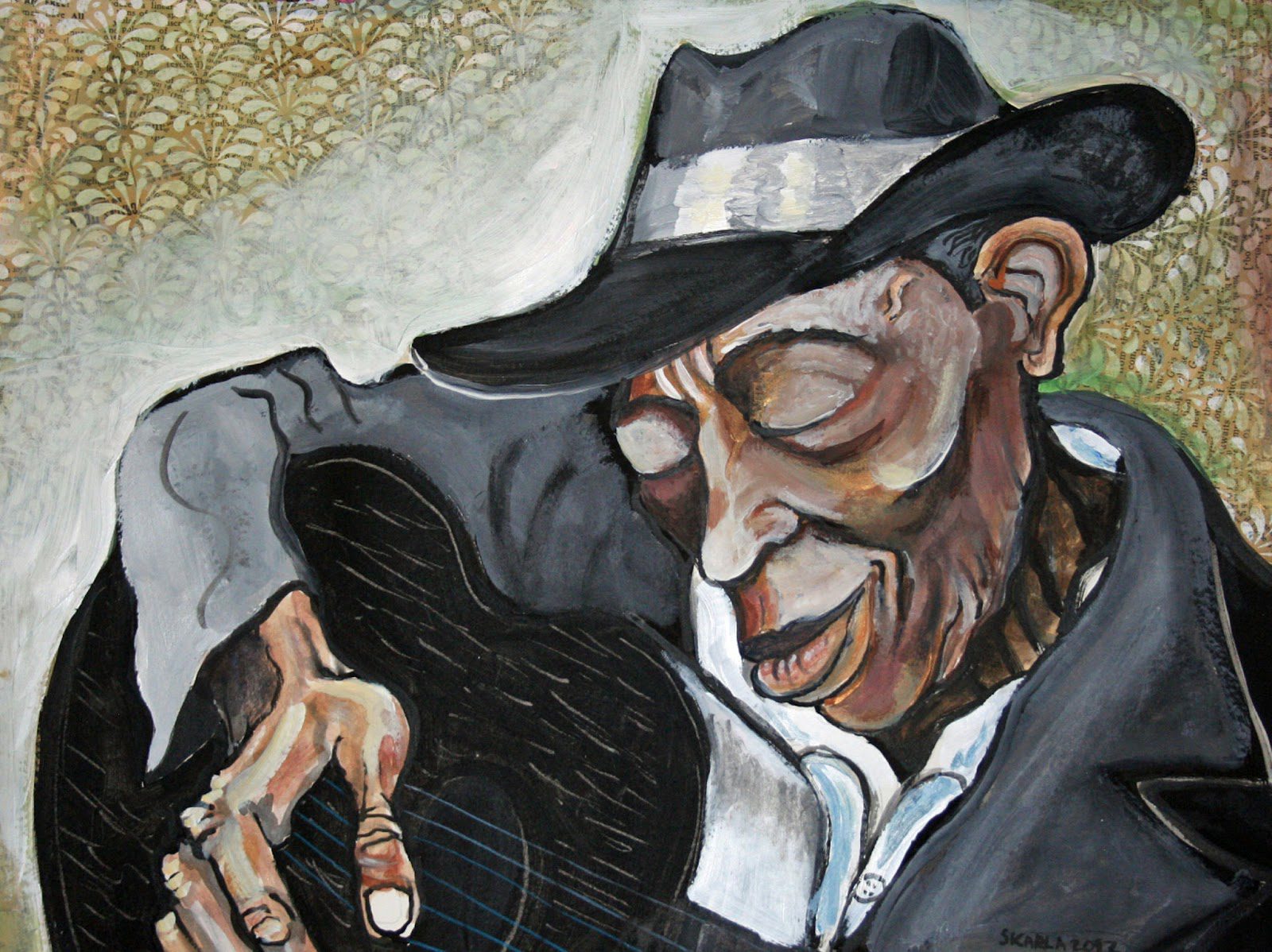
 Flash way, way back to February 14th, 1928: John Hurt, soon to be better known as Mississippi John Hurt, recorded a two-track 78 rpm in Memphis. The songs, the first two Hurt ever recorded, were “Frankie” and “Nobody’s Dirty Business,” and they won Hurt an invitation to come record in New York City. Hurt was a sharecropper who’d taught himself to play guitar when he was nine years old, and played for barn dances in his neighborhood, though he’d never made money off the instrument.
Flash way, way back to February 14th, 1928: John Hurt, soon to be better known as Mississippi John Hurt, recorded a two-track 78 rpm in Memphis. The songs, the first two Hurt ever recorded, were “Frankie” and “Nobody’s Dirty Business,” and they won Hurt an invitation to come record in New York City. Hurt was a sharecropper who’d taught himself to play guitar when he was nine years old, and played for barn dances in his neighborhood, though he’d never made money off the instrument.
Hurt had opinions about the way the guitar should be played—his melody-heavy, understated method and sparse vocals resembled no other blues musician playing at the time. “Frankie,” side A of his 1928 release, was a subdued and uncommonly mournful take on the classic New Orleans murder ballad “Frankie and Johnny.” “Nobody’s Dirty Business,” side B, had been recorded for the first time only about ten years prior, by Bert Williams. Hurt changed the lyrics, once again downplaying the rambling, gambling, wheeling and dealing party music that often accompanied popular songs. Hurt’s versions tended to be more somber and introspective, though the guitar line stayed danceable and syncopated—Hurt played the blues, after all.
The recordings Hurt put out in the twenties and thirties were largely commercial failures, and he returned to his labor job. Forty years later, after “Frankie” was included on a collection of old-time Americana songs put out by Smithsonian Folkways in 1962. Around the same time, a Virginian ethnomusicologist by the name of Tom Hoskins decided to make it his mission to find Mississippi John Hurt, whose old recordings were enjoying a renaissance after the Smithsonian Folkways release. Allegedly, Hoskins found Hurt’s hometown by chancing a trip to Avalon, Mississippi after Hurt’s “Avalon Blues.”
Hurt died four years later, in 1966, but the last era of his life saw dramatic change. Hoskins arranged for Hurt to record and perform voraciously, and his career rose rapidly to extraordinary acclaim. The blues movement was making a comeback, and Mississippi John Hurt was its forerunner.
Like Lomax, like the Seegers, like John Cohen, Hoskins assumed the role of cultivating and editing Mississippi John Hurt’s work. Even the term “rediscovery,” commonly applied to Hurt’s rise to fame, implies ownership and—albeit well-intentioned—bigotry. Hurt’s image remains a mystery, co-opted and shaped by a curator. Without Hoskins, though, Hurt would certainly have died lost to listeners outside of Mississippi.
Listen to “Nobody’s Dirty Business” below:




